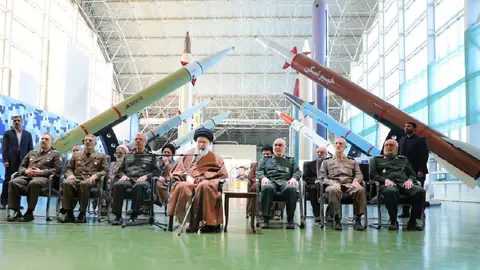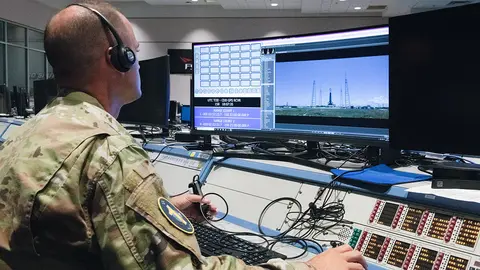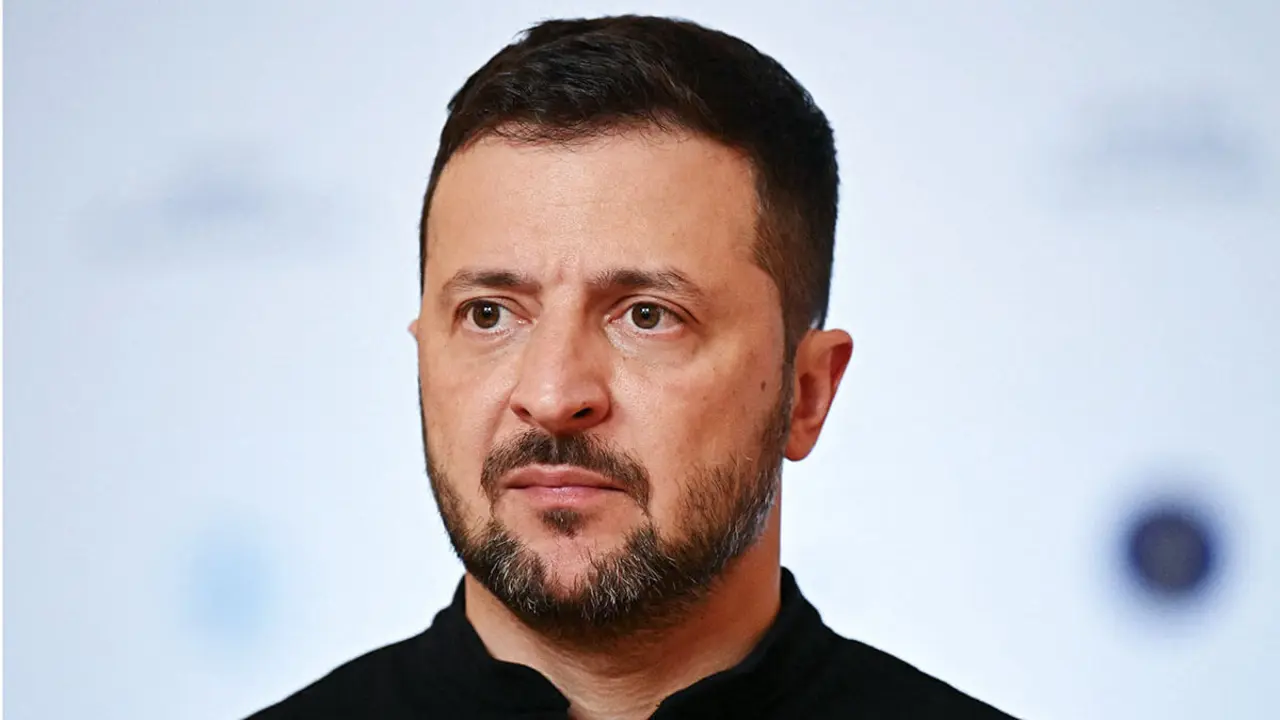The US aircraft carrier in the Arctic is the Pituffik space base in Greenland
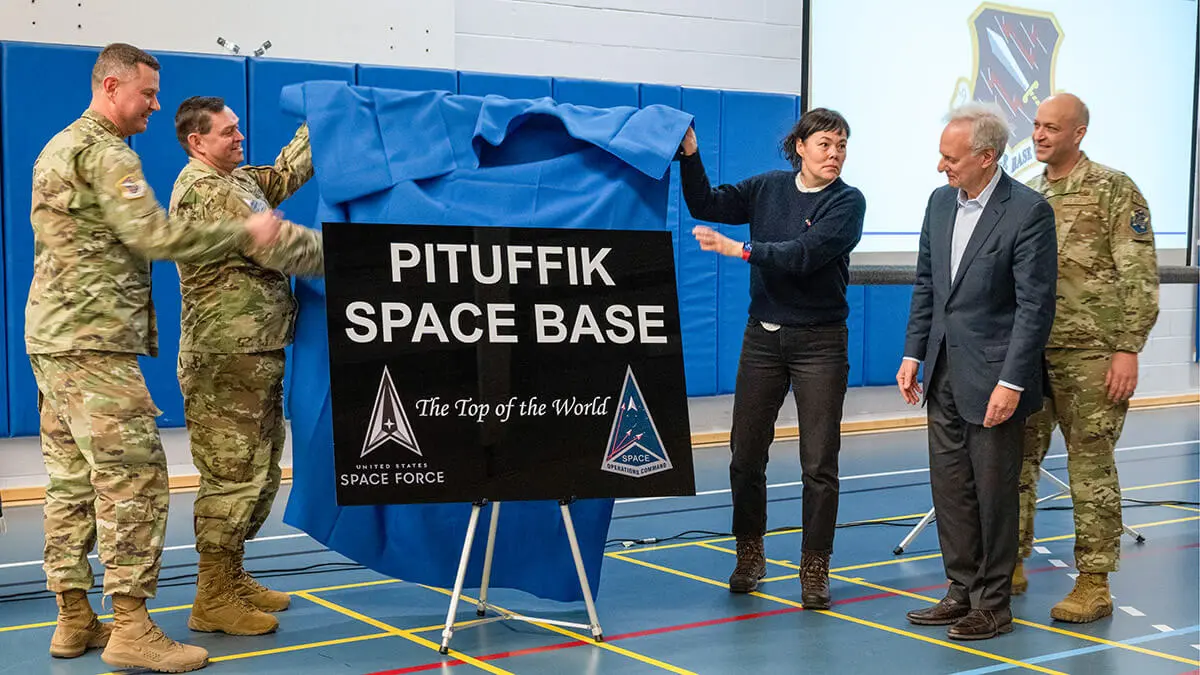
This is not just one of Donald Trump's latest witticisms as he is about to be sworn in as supreme leader of the world's greatest superpower. In the summer of 2019, during his previous presidency, Trump already called it an ‘absolute necessity’ for Greenland to pass into American hands.
Motives? Aside from Russia and China's extreme interest in maritime control of the so-called ‘Northern Route’, their drive to exploit the gigantic mineral resources, and other reasons of paramount importance, the United States has a unique space base on the sparsely populated and enormous island of Greenland - more than five times the size of Spain and with only 56,000 inhabitants. It is a set of facilities of great strategic importance, which the Pentagon wants to preserve and secure at all costs against any risk or threat from the governments of Xi Jinping and Vladimir Putin.
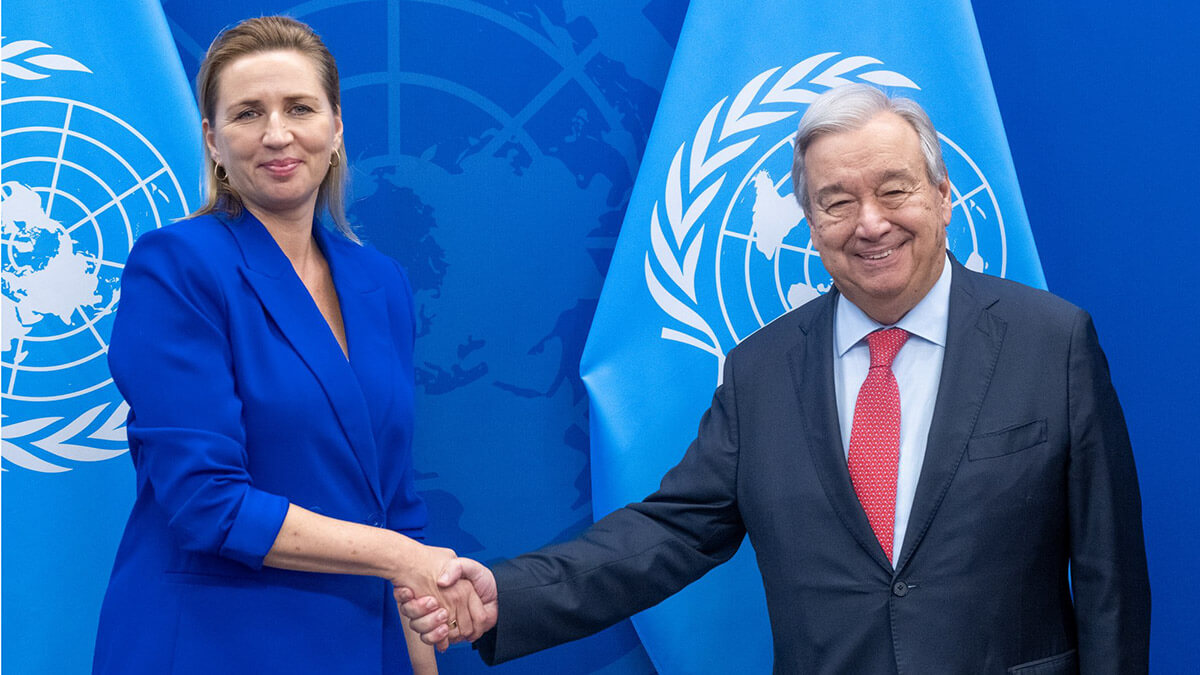
President-elect Trump's January 7 statement that ‘we need Greenland for national security reasons’ was made more than five years ago... without consequence. Now, the informal request to buy Greenland was immediately answered by Mette Frederiksen, prime minister of Denmark, the nation that has exercised sovereignty over the island since the early 19th century - which is just over 3,500 kilometres apart - as well as by her foreign minister, Lars Løkke Rasmussen: ‘Greenland is not for sale’.
But the US Department of Defence, and in particular its mighty Space Force, has the Pituffik space base on the northwest coast of Greenland - the largest island on Earth. No rockets take off into space from there, but it is an enclave that the Department of Defence led by General Lloyd Austin calls ‘the top of the world’, being some 1,126 kilometres north of the Arctic Circle and approximately 1,522 kilometres south of the North Pole.
A privileged observatory over the far north of Russia, the Pituffik base has very high security standards and, just a few years ago, even its existence was classified as ‘top secret’. It is home to the 12th Space Warning Squadron, which operates the gigantic Enhanced Early Warning Radar, a ten-storey high AN/FPS-120 coded radar, of which there are only five of its kind in existence and which specialists call ‘solid-state phased array’.
To keep China and Russia's ambitions at bay
Developed by the large US technology corporation Raytheon, its two large fixed flat antennas cover an azimuth or geographic spectrum of 240 degrees. The AN/FPS-120 is an early warning radar designed to automatically detect and track the firing of intercontinental ballistic missiles and hypersonic missiles launched from the ground or from submarines flying above the atmosphere. Its technology allows rapid determination of targets, as well as monitoring outer space and tracking satellites and spacecraft in orbit around the Earth.
The radar operates ‘24 hours a day, seven days a week, has a range in excess of 4,000 kilometres, reorients in milliseconds and is operated by US and Canadian military personnel and contractors,’ according to Lieutenant Colonel Brian Beecher, manager of Strategic Warning and Surveillance Systems. With the AN/FPS-120, ‘we can detect ballistic missile threats as early as possible and begin to activate warning and defence procedures,’ he says.
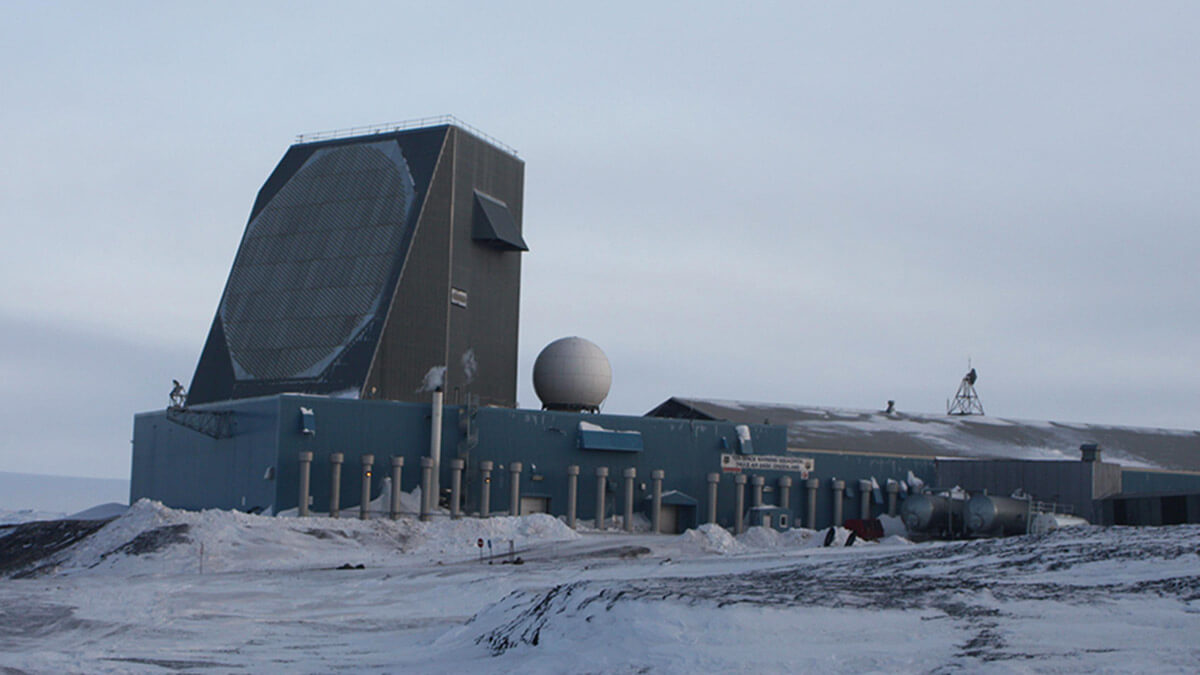
On the space activities side, the 12 Space Warning Squadron's missions are complemented by those of a detachment of the 23 Space Operations Squadron, whose facilities are located some 5.6 kilometres south of the Pituffik base. The detachment has a remote tracking station, which operates several 14- and 12-metre dishes, enabling it to make contact with polar-orbiting satellites 10 to 12 times a day.
Personnel manning the sophisticated radar monitor, control and track 24/7 telemetry from more than 190 DoD, NASA and allied spy, communications, navigation and weather satellites positioned in low, medium and beyond 36,000-kilometre orbits. Many are watching Vladimir Putin's clear commitment to the Arctic region, where since 2000 he has reopened or modernised military bases, erected new radars, deployed S-300 and S-400 missile systems and upgraded and expanded military airfield runways.
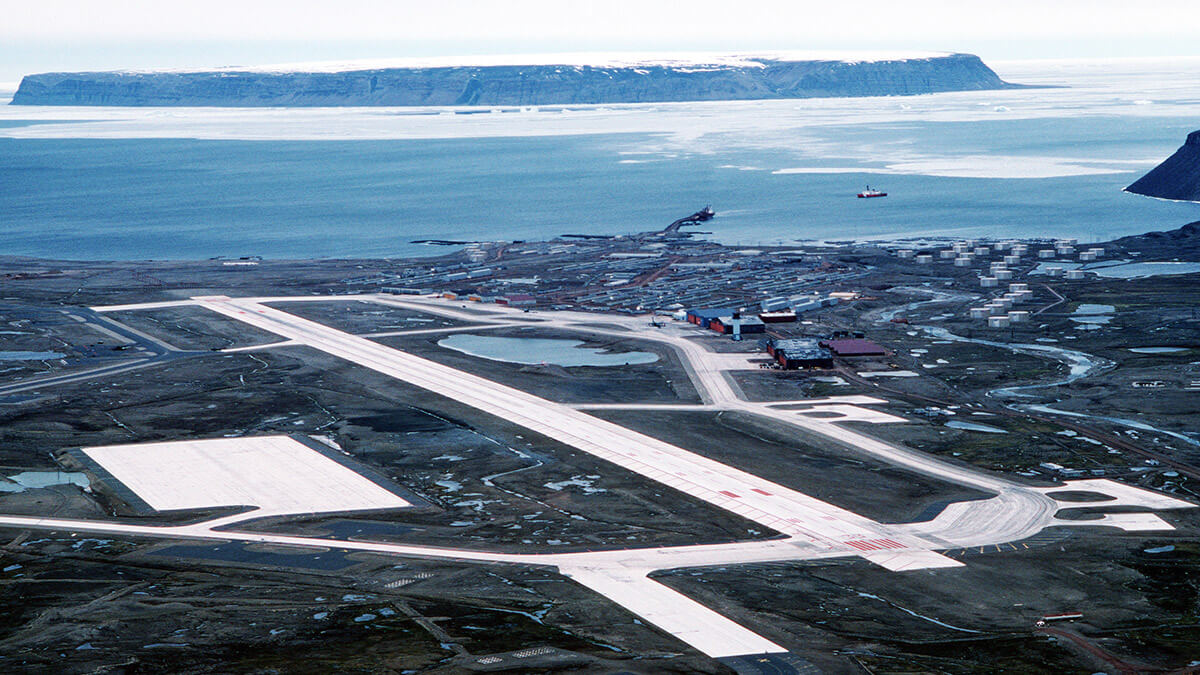
The special living conditions at the base, perimeter of responsibility and around Pituffik require a military unit to facilitate the protection, security and safety of the military base. This is the task of the 821st Security Forces Squadron, the so-called ‘Arctic Wolves’, which provides internal security and perimeter defence of what is the Pentagon's largest military base outside the United States, with an area of responsibility covering 657.86 square kilometres.
Logistics services in the broadest sense are covered by the 821st Support Squadron, which is responsible for maintaining and supporting the base's infrastructure, local area network, computer support and day-to-day operations. It is also responsible for keeping the airfield's 3-kilometre runway open, air traffic control, air cargo terminal management and seaport services.
A Cold War military base brought into its 21st century glory
Its functions include catering, laundry, medical and health services, leisure activities, as well as keeping the 500 tracked and wheeled vehicles operational or under repair and managing the huge quantities of fuel required to run and live at the base, which is 104 kilometres from the nearest town, Qaanaaq, whose population is about 600.
Due to its location in the far north of the Earth, Pituffik is in constant darkness from November to February and winter temperatures range from -13º to -20º Celsius, although temperatures have been as low as -80º Celsius. Sunlight illuminates from May to August and, in the short summer, temperatures range from 30 degrees Celsius to 44 degrees Celsius, with peaks above 60 degrees Celsius. All of this means that the postings of its 600 or so military personnel are for 12-month periods.
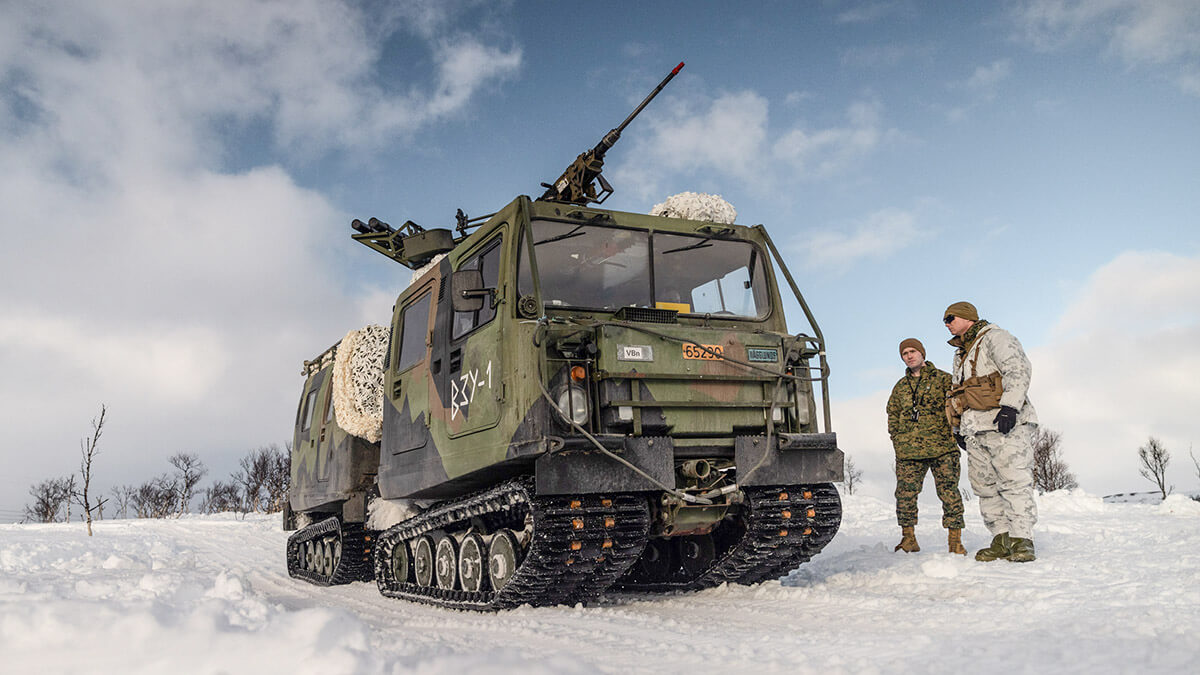
Trump's interest in the Arctic and Greenland is not personal, but a high priority for the National Security Council and the highest political and military authorities in Washington. This is underscored by the fact that the White House published the National Strategy for the region in July 2022, the Department of Defence did so in July 2024, and the US Army, Navy and Air Force drafted documents as such.
The State Department under Antony Blinken has a diplomatic plan for the region. In 2020 it reopened the consulate in Nuuk, the Greenlandic capital, which had been closed in 1953. A coordinator for Arctic Affairs has been appointed, who since last October has been Ambassador Michael Sfraga, a geographer by training and an Alaskan native, who prior to his current post was the founder and director of the Polar Institute and chairman of the US Arctic Research Commission.
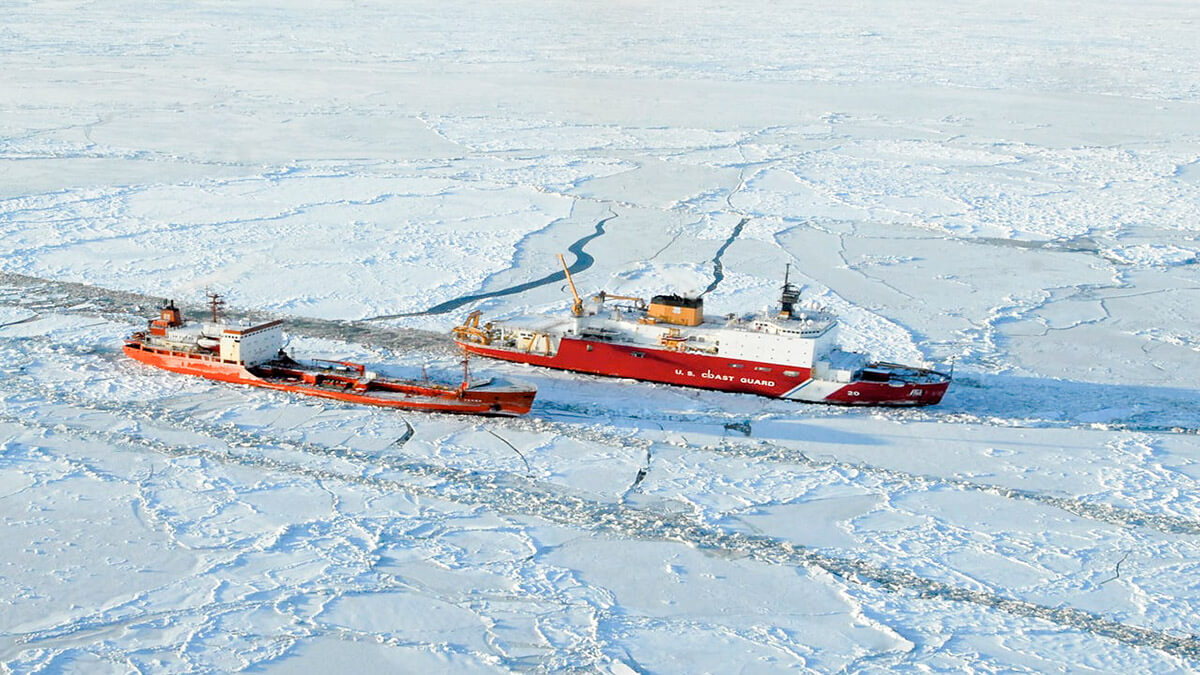
The origins of the Pituffik base date back to 1946, when Danish and American military personnel set up a mixed radio and weather station. In the summers of the early 1950s, at the beginning of the Cold War, what was called Thule Air Base was built, which on 6 April 2023 was renamed Pituffik Space Base and placed under the control of the Space Force under the command of General Chance Saltzman. It should not be forgotten that Denmark and the United States have a defence treaty that supports Washington's military presence in Greenland.
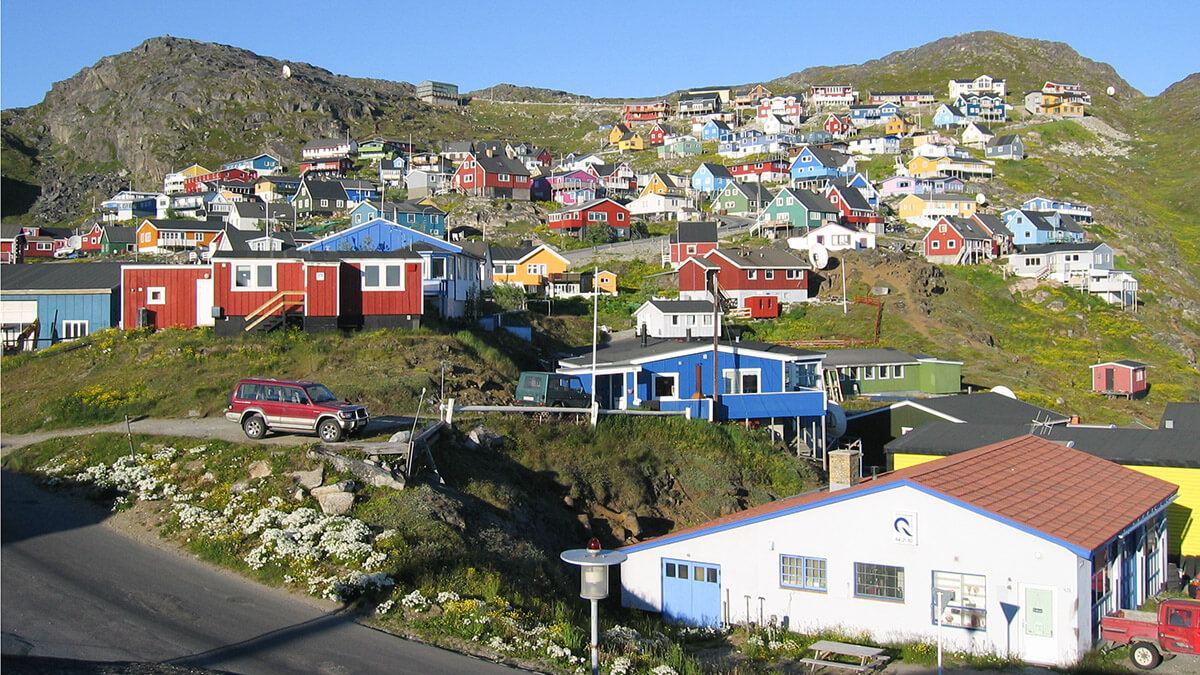
Activities in the Arctic area are under the umbrella of the Arctic Council, an intergovernmental cooperation forum between Canada, Denmark, Finland, Iceland, Norway, Russia, Sweden and the United States for the protection and sustainability of the fragile Arctic and the six indigenous peoples' communities that inhabit its lands, who are permanent participants in the Council. A further 38 nations and organisations, including Spain and also China, participate in the Arctic Council as observers.



